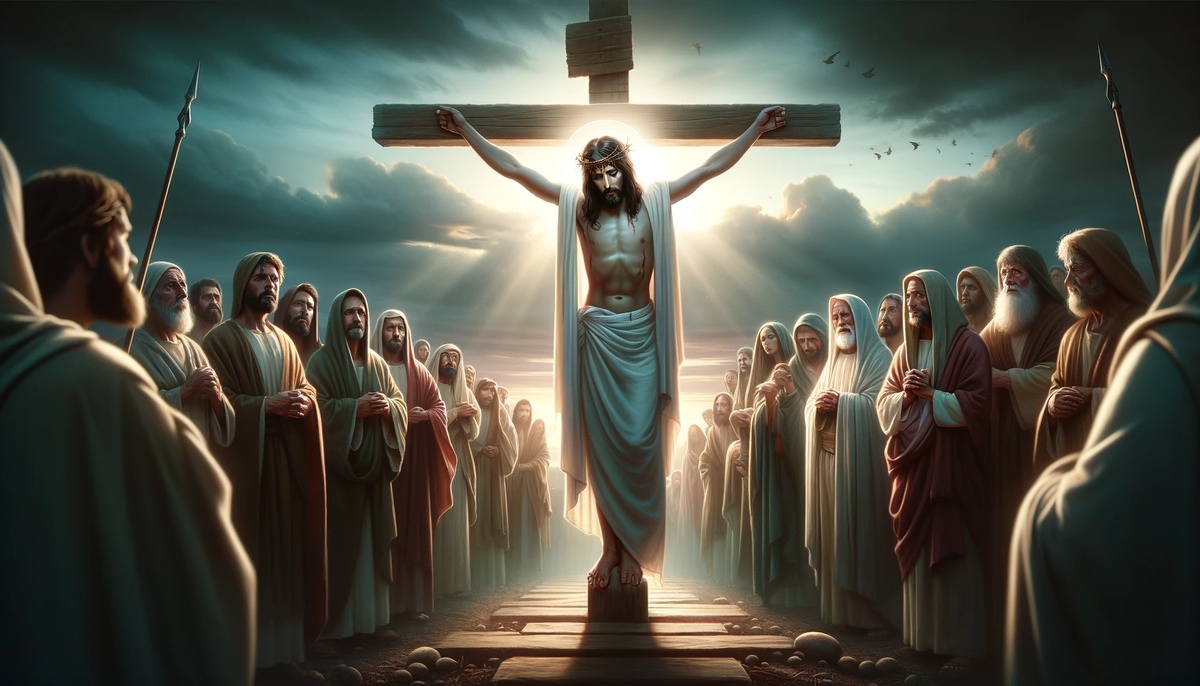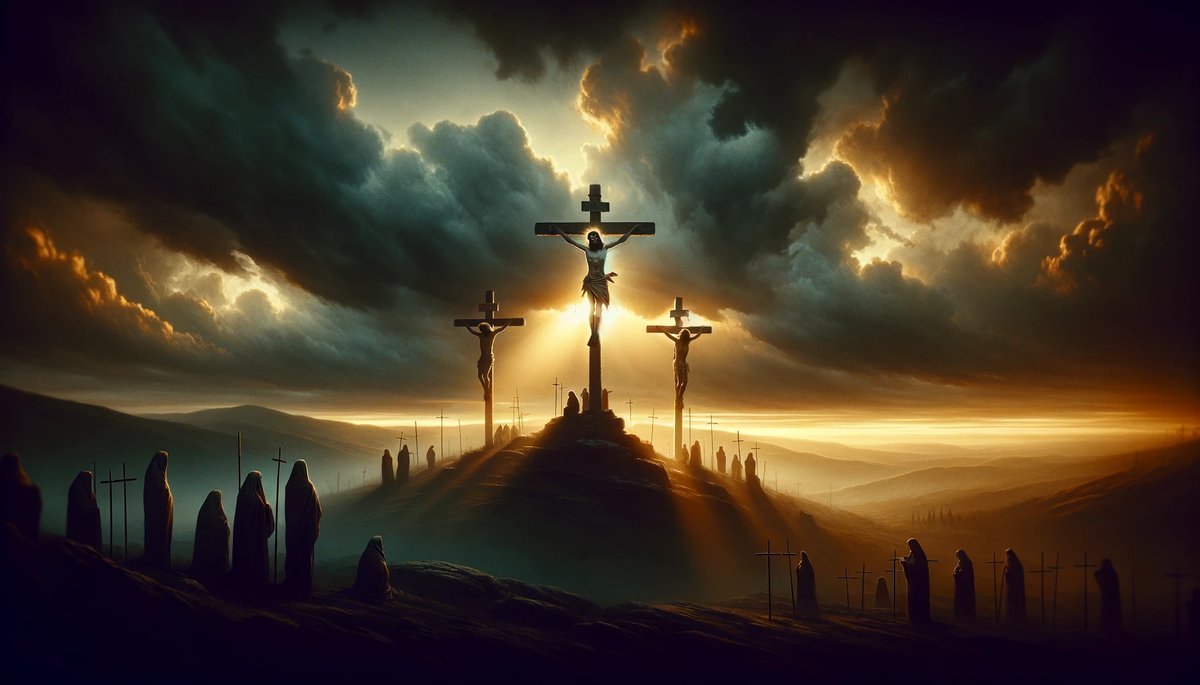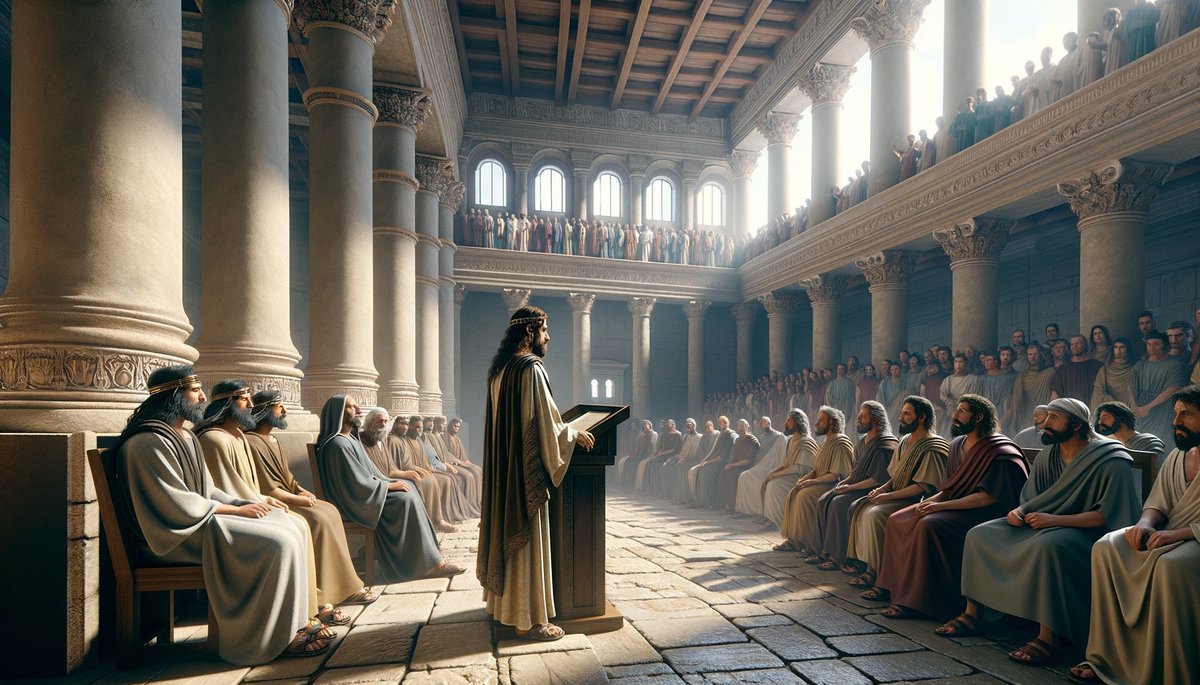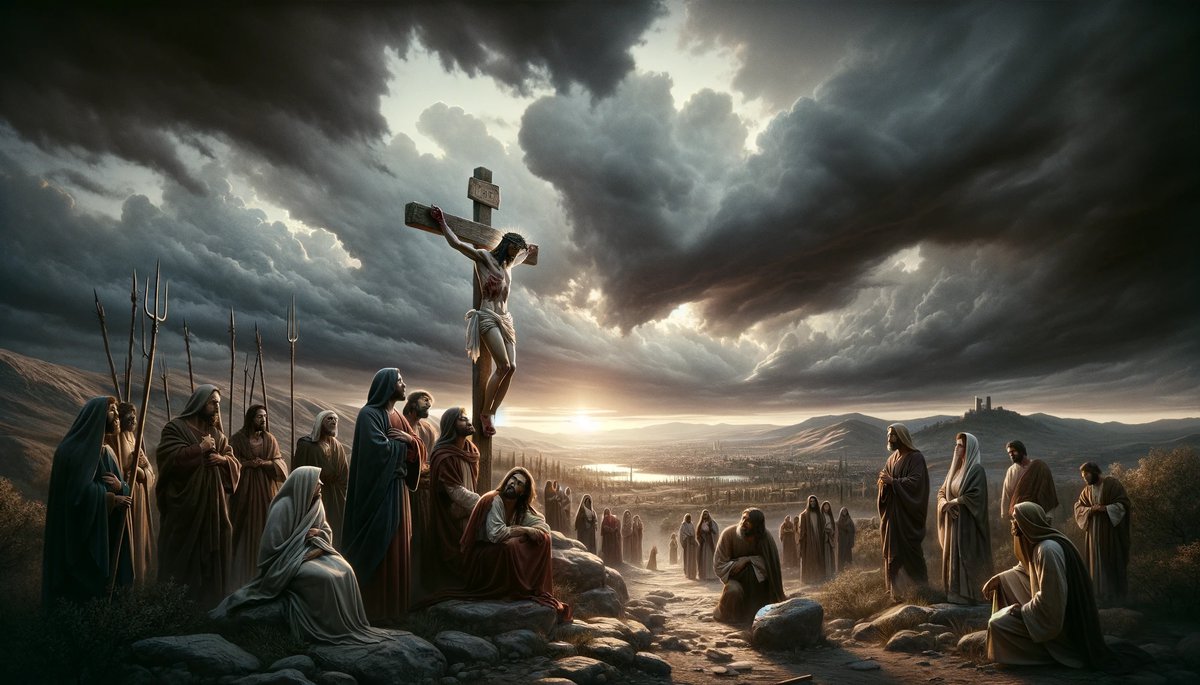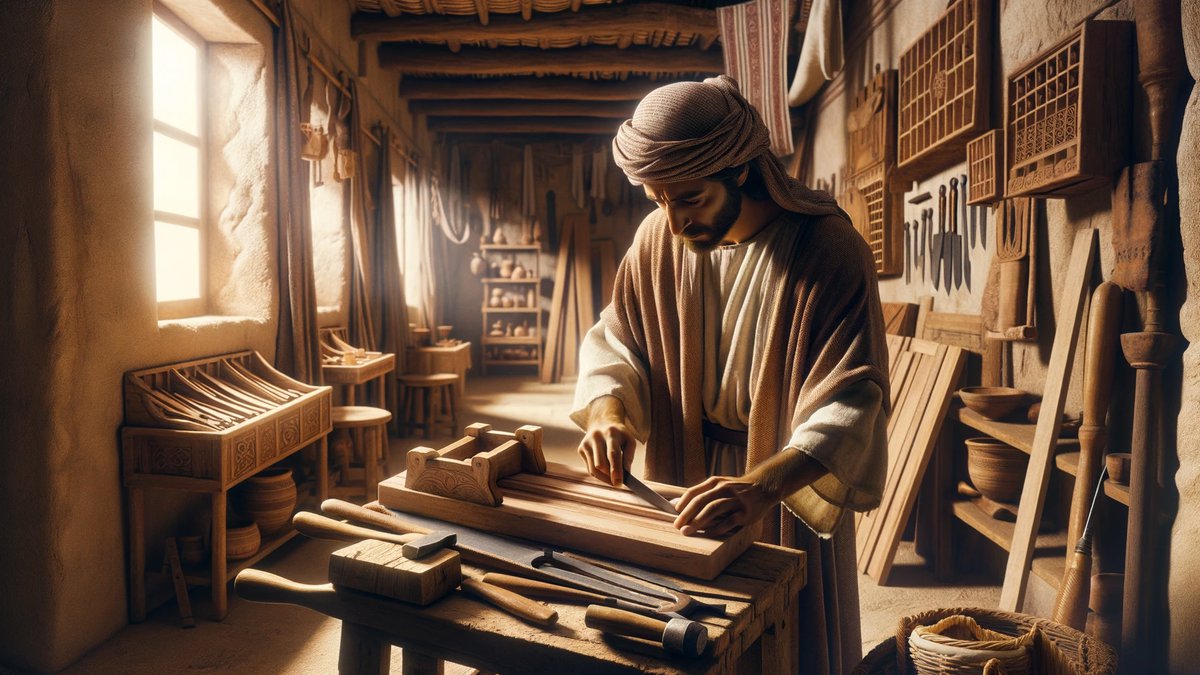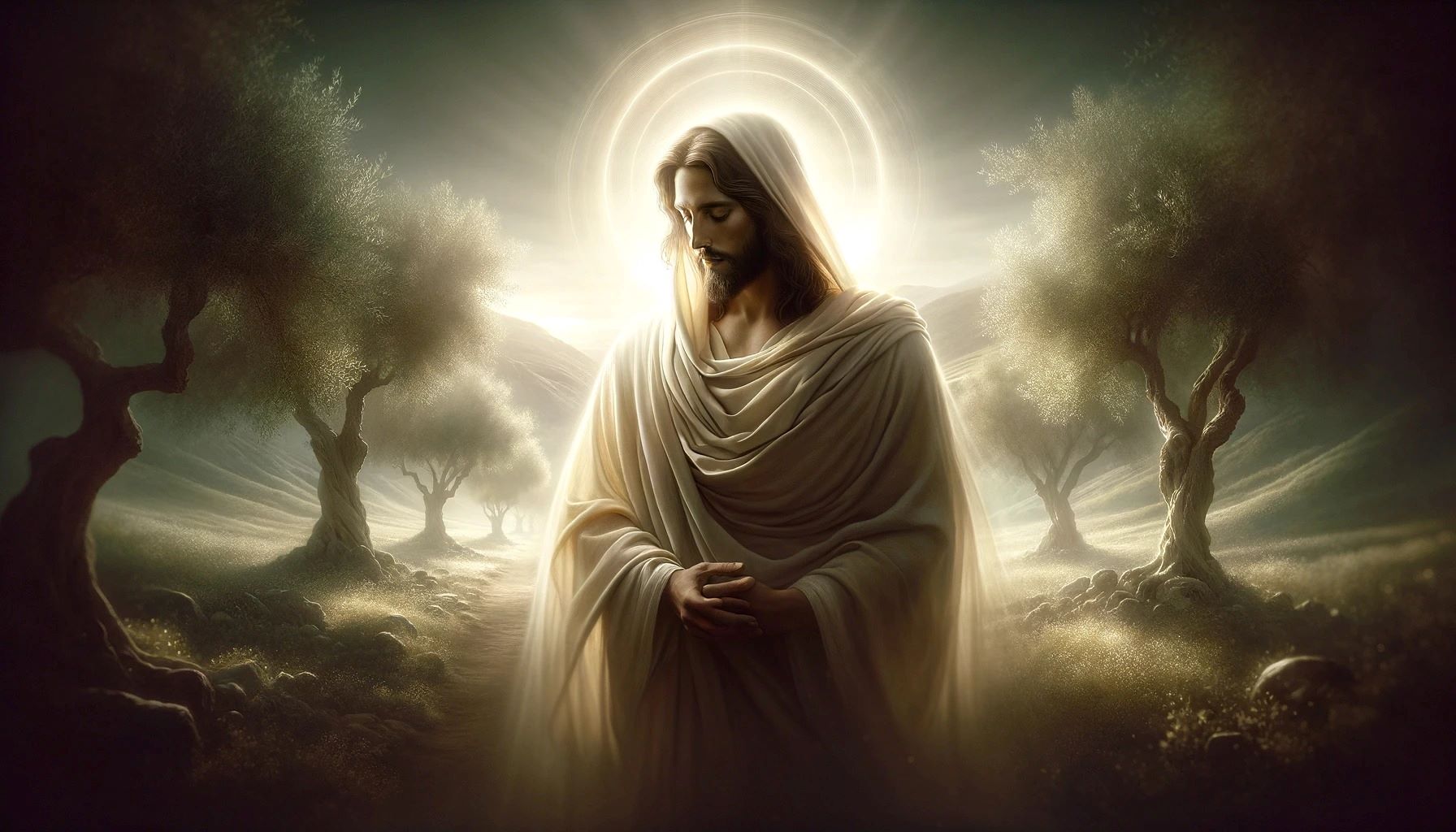Home>Christian Videos>Bible Stories>What Type Of Wood Was Jesus Christ Crucified On
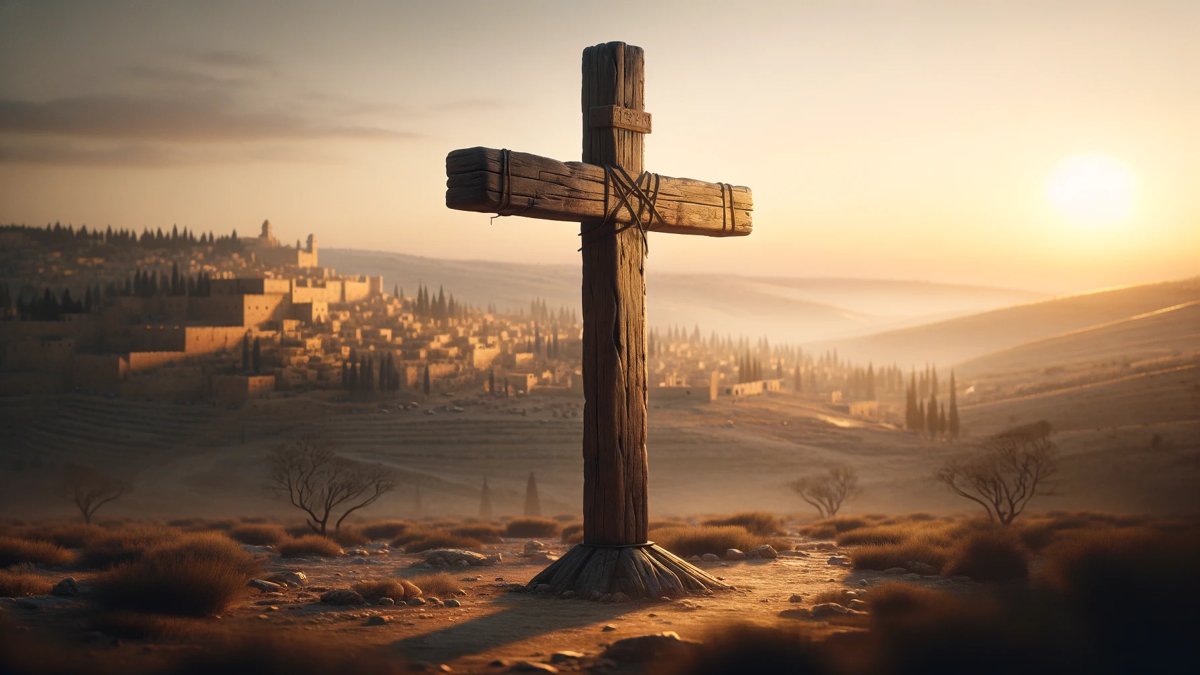

Bible Stories
What Type Of Wood Was Jesus Christ Crucified On
Published: March 2, 2024
Jason DeRose, Managing Editor at Christian.net, uses his expertise in religion and journalism to deepen understanding of faith's societal impacts. His editorial leadership, coupled with a strong academic background, enriches the platform’s diverse content, earning him recognition in both journalism and religious circles.
Discover the significance of the wood Jesus Christ was crucified on in this insightful exploration of Bible stories. Uncover the truth and deepen your understanding.
(Many of the links in this article redirect to a specific reviewed product. Your purchase of these products through affiliate links helps to generate commission for Christian.net, at no extra cost. Learn more)
Table of Contents
The Historical Context of Crucifixion in Ancient Judea
Crucifixion was a form of execution used in the ancient Roman Empire, including the region of Judea during the time of Jesus Christ. It was a brutal and public method of capital punishment reserved for slaves, rebels, and those deemed to be a threat to the Roman authority. Crucifixion was not only a means of execution but also a form of humiliation and intimidation, designed to deter others from challenging the Roman rule. The condemned person would be nailed or tied to a wooden cross and left to die a slow and agonizing death, often lasting for days. Crucifixion was a symbol of Roman power and a tool for maintaining control over the population.
The practice of crucifixion was deeply entrenched in the socio-political landscape of ancient Judea, where Jesus Christ was crucified. Understanding the historical context of crucifixion in this region provides valuable insight into the significance of the event and its impact on religious and cultural narratives.
Read more: What Time Was Jesus Christ Crucified?
The Types of Wood Available in Ancient Judea
-
Olive Wood: Olive trees were abundant in ancient Judea, and their wood was commonly used for various purposes, including the construction of furniture, tools, and religious artifacts. Olive wood is known for its durability and rich, dark grain, making it a popular choice for crafting.
-
Cypress Wood: Cypress trees were also prevalent in the region and were valued for their strong and aromatic wood. Cypress wood was often used in building construction and for making musical instruments due to its resonance and natural beauty.
-
Acacia Wood: Acacia trees grew in the arid climate of Judea and provided a dense, durable wood that was resistant to decay and insects. The strength and resilience of acacia wood made it suitable for crafting items such as furniture, utensils, and religious objects.
-
Pine Wood: Pine trees were found in the mountainous areas of ancient Judea, and their wood was utilized for construction, shipbuilding, and fuel. Pine wood is characterized by its light color and straight grain, making it a versatile material for various applications.
-
Cedar Wood: Cedar trees, though less common in Judea, were highly prized for their exceptional quality and fragrance. Cedar wood was sought after for building projects, particularly for its resistance to rot and its aromatic properties.
-
Terebinth Wood: Terebinth trees, also known as pistachio trees, grew in the region and provided a hard, dense wood that was used for crafting and fuel. The wood of the terebinth tree was valued for its strength and was utilized in the construction of buildings and implements.
In ancient Judea, a variety of wood types were readily available and utilized for different purposes, reflecting the resourcefulness and craftsmanship of the people of that time. These diverse wood options offer insight into the potential materials that could have been used for the construction of the cross on which Jesus Christ was crucified.
Theories and Speculations on the Type of Wood Used for Jesus Christ's Crucifixion
-
Olive Wood Theory: Some scholars and historians propose that the cross on which Jesus was crucified may have been made of olive wood. Olive trees were abundant in ancient Judea, and the wood was commonly used for various purposes. Proponents of this theory point to the symbolic significance of olive trees in Christian tradition, as they are associated with peace, healing, and divine presence. The idea of Jesus being crucified on a cross made of olive wood carries a profound spiritual connotation, linking the act of crucifixion to themes of redemption and spiritual restoration.
-
Cypress Wood Theory: Another theory suggests that the cross could have been constructed from cypress wood. Cypress trees were prevalent in the region and were valued for their strength and durability. Proponents of this theory highlight the symbolic resonance of cypress wood, as it is often associated with mourning, transition, and eternal life. The use of cypress wood for the cross could be seen as a representation of the transformative nature of Jesus' sacrifice and the promise of everlasting life through his death and resurrection.
-
Acacia Wood Theory: Some speculations point to the possibility of acacia wood being used for the construction of the cross. Acacia trees grew in the arid climate of Judea and provided a dense, durable wood that was resistant to decay. Proponents of this theory emphasize the symbolism of acacia wood, which is often associated with purity, endurance, and the divine presence. The use of acacia wood for the cross could be interpreted as a symbol of the enduring nature of Jesus' sacrifice and the purity of his mission.
-
Pine Wood Theory: There are also theories that suggest the cross may have been made of pine wood, which was found in the mountainous areas of ancient Judea. Pine wood is characterized by its light color and straight grain, making it a versatile material for construction. Proponents of this theory draw attention to the symbolic significance of pine wood, as it is often associated with growth, renewal, and resilience. The use of pine wood for the cross could be viewed as a representation of the transformative power of Jesus' sacrifice and the promise of spiritual renewal for humanity.
-
Cedar Wood Theory: Additionally, some scholars speculate that the cross could have been crafted from cedar wood, despite its relative rarity in Judea. Cedar wood was highly prized for its exceptional quality and fragrance, making it a symbol of strength and incorruptibility. Proponents of this theory highlight the symbolic resonance of cedar wood, which is often associated with wisdom, protection, and divine favor. The use of cedar wood for the cross could be interpreted as a symbol of the enduring strength and divine purpose of Jesus' sacrifice.
-
Terebinth Wood Theory: Finally, there are speculations regarding the use of terebinth wood for the construction of the cross. Terebinth trees, also known as pistachio trees, provided a hard, dense wood that was valued for its strength. Proponents of this theory emphasize the symbolism of terebinth wood, which is often associated with resilience, fortitude, and spiritual endurance. The use of terebinth wood for the cross could be seen as a representation of the unwavering strength and spiritual fortitude embodied in Jesus' sacrifice.
These theories and speculations offer diverse perspectives on the potential type of wood used for Jesus Christ's crucifixion, reflecting the rich symbolism and spiritual significance attributed to the materials involved in this pivotal event in Christian tradition.
Theological and Symbolic Significance of the Type of Wood in Christian Tradition
The type of wood used for the cross on which Jesus Christ was crucified holds profound theological and symbolic significance in Christian tradition. Each wood type, whether it be olive, cypress, acacia, pine, cedar, or terebinth, carries unique symbolic associations that resonate with the core tenets of Christian faith and the narrative of Jesus' crucifixion.
-
Olive Wood: In Christian tradition, the olive tree is often associated with peace, healing, and divine presence. The use of olive wood for the cross symbolizes the redemptive and healing power of Jesus' sacrifice, as well as the divine peace that his crucifixion brings to humanity.
-
Cypress Wood: Cypress trees are linked to themes of mourning, transition, and eternal life. If the cross was made of cypress wood, it signifies the transformative nature of Jesus' sacrifice and the promise of everlasting life through his death and resurrection.
-
Acacia Wood: Acacia trees are often connected to purity, endurance, and the divine presence. The use of acacia wood for the cross represents the enduring purity of Jesus' mission and the divine presence manifested through his sacrifice.
-
Pine Wood: Pine trees symbolize growth, renewal, and resilience. If the cross was crafted from pine wood, it signifies the transformative power of Jesus' sacrifice and the promise of spiritual renewal for humanity.
-
Cedar Wood: Cedar is a symbol of strength, wisdom, and divine favor. If the cross was made of cedar wood, it represents the enduring strength and divine purpose of Jesus' sacrifice, as well as the wisdom and protection it offers to believers.
-
Terebinth Wood: Terebinth trees are associated with resilience, fortitude, and spiritual endurance. The use of terebinth wood for the cross signifies the unwavering strength and spiritual fortitude embodied in Jesus' sacrifice, offering inspiration and endurance to those who follow his teachings.
In Christian tradition, the type of wood used for the cross is not merely a material consideration but a deeply symbolic and theological element that enriches the narrative of Jesus' crucifixion. The diverse interpretations of the wood's significance reflect the multifaceted nature of Christian faith and the profound impact of Jesus' sacrifice on believers' spiritual lives.
